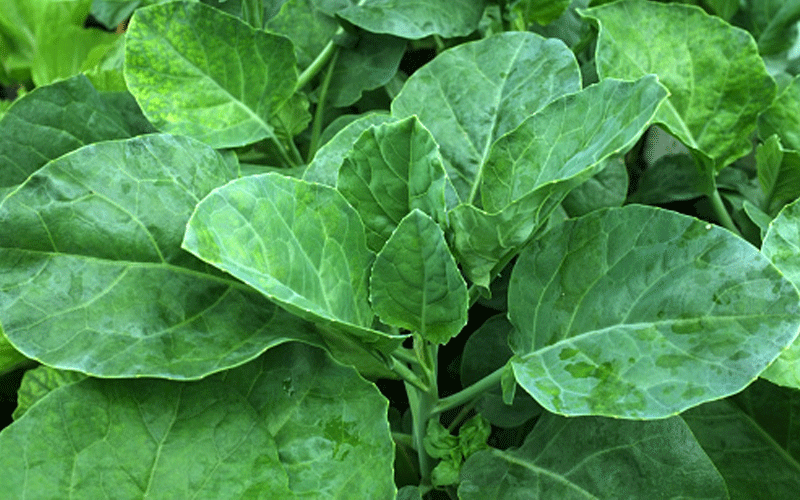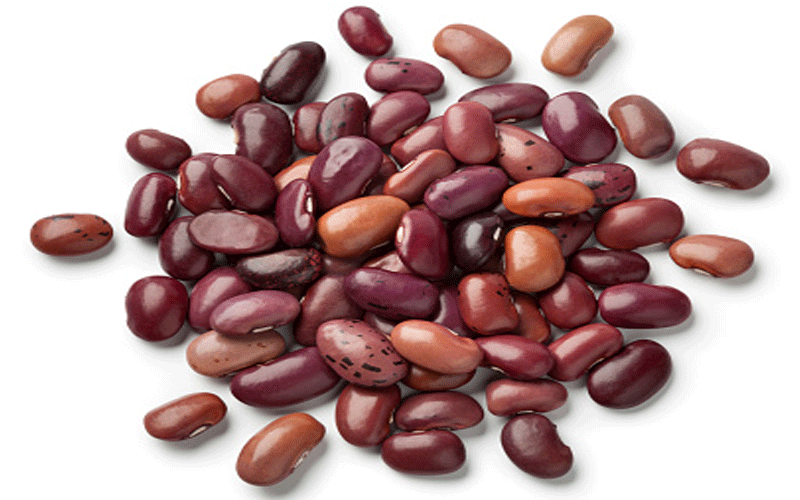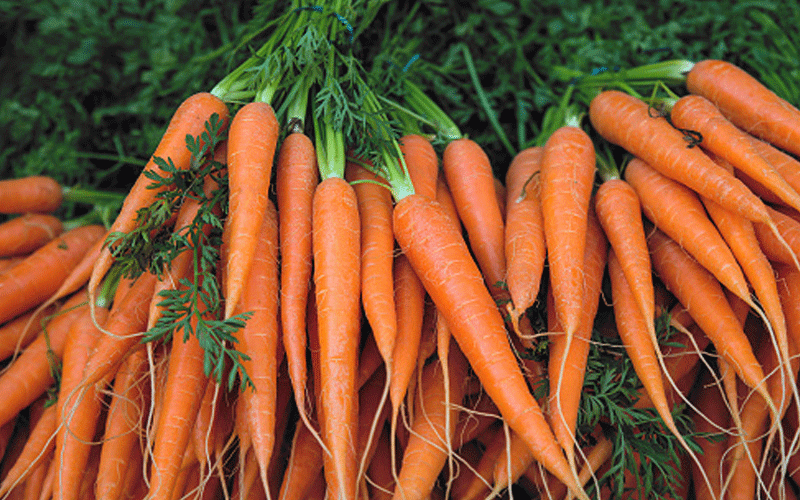Rising cost of food threatens consumer purchasing power

Consumers’ purchasing power continues to dwindle as prices of main food varieties maintains a three-month record high.
Despite sustained supplies by the government for the last four months, consumers’ hope of enjoying low prices seem to have hit a snag as prices of both dry maize and flour remain high.
A spot check in local supermarkets and other urban centres in the past week shows various Unga brands are still retailing at between Sh115 and Sh129 for a 2-kilogramme (kg) packet.
Millers warn that the prices will soon increase beyond Sh130 for the 2kg packet of unga as supplies from the early crop yield is not sufficient to sustain the country until harvest from main crop starts trickling in November.
According to Kenya National Bureau of Statistics (KNBS) Consumer price index at the end of august reached five per cent compared to 4.04 per cent the same period last year, largely due to food and fuel prices.
The average prices of beans, avocados and eggs have shot up by 6.4, 11.2 and 2.3 per cent, respectively between June and August this year, further increasing the food burden for consumers.
Cheaper foods
Price of a 90kg bag of beans reached Sh7,055 in June, increased to Sh7,432 in July and Sh7,512 in August. A tray of eggs increased from Sh298 in June to Sh305 as at end of August.

Prices of a tray of eggs increased from Sh298 in June to Sh305 as at end of August.
Cabbage, carrots, sukumawiki and potato prices have, however, decreased.
Potatoes recorded the highest decline in prices at 91 per cent from Sh4,102 in June to Sh2,147 in August.
Ugali, the national staple food, will continue to hurt the pocket.
United Grain Millers Association (Ugma) chairman Ken Nyaga maintains that supplies released so far by the Strategic Food Reserve (SFR) is not sufficient.
Mid this year, the government warned the country is likely to experience a shortfall of 10 million bags of maize this year.
Agriculture chief administrative secretary Andrew Tuimur recently said the annual production is expected to decline to 34 million bags this year following a reduction in the acreage under maize production during this year’s long rains season.
He said acreage has decreased from 5.4 million acres last year to 3.7 million acres this year.
In 2018 production year, the country produced 44 million bags of white maize, the highest ever in the country against an annual consumption of 52 million bags.
Tuimur said monthly consumption is increasing every other day, currently standing at 4.2 million bags.
“Due to the delay of the long rains, farmers in the potential areas shifted to horticulture crops while those in the high potential areas of the Rift valley planted wheat and pasture,” he said.
Tuimur said lack of subsidised fertiliser and effects of the fall army worm could also contribute to the decline.

But, he was quick to point out the armyworm attack will be minimal this year unlike last year where more than 800,000 hectares of maize were affected by the pest.
Kenya is the only country in the region that consumes all the maize it produces.
Tuimur said the deficit will be met through imports from Uganda and Tanzania and other sources.
But push by the Agriculture Cabinet secretary Mwangi Kiunjuri to have Government sanction importation of 12.5 million bags hit a snag as SFR protested claiming business lobbies were behind the move.
Case for importation
“The declining food stock demands importation of 12.5 million bags for human and animal consumption. To ensure the country is safe the importation must be done between July and December this year.
The quantities will be supplemented by harvests from Rift Valley and other parts of the country,” said Kiunjuri.
Equally, since June this year, when the government released the fists batch of two million bags of maize into the market, the price of the commodity has remained high at more than Sh3,200 for a 90kg bag.
The June supply from SFR was being sold to millers at Sh2,300 but the same has been increased to Sh2,700 for the 90- kilogramme bag for the second supplies of two million bags.
According to market price information by the Ministry of Agriculture from various market segments, wholesale price of a 90kg bag of dry white maize as at end of June reached Sh3,241 but increased by 6.7 per cent to Sh3,459 as at end of August.
In August, maize was more expensive in Kisumu where the wholesale price was Sh4,300 and cheapest in Bungoma at Sh2,000.
For the last three months the government has released four million bags for production of maize flour and animal feeds.
Kenya food market is further benefiting from supplies from Tanzania and Uganda.
Neighbouring countries
Nyaga said current price of maize being sourced from Uganda stand at Sh2,700 while the same from Tanzania has reached Sh3,500.
“Our situation does not look good because if the neighbouring countries start rationing their supplies, prices of the commodity and its by-products will shoot tremendously,” said Nyaga.
Nyaga says that supplies released so far into the market by the SFR are not sufficient and are of low quality requiring millers to source for quality maize from other sources to blend.
“The maize we are buying from the SFR is of grade two, three and 4A. Grade 4A is discoloured thus requiring us to source maize from other markets to blend, leading to high cost,” said Nyaga.
Farmers from South Rift Valley and Western Kenya are harvesting but the government is yet to set new prices implying farmers will have to wait longer before the State starts buying.
Last week, Tuimur confirmed that the Government is yet to start buying the produce from the small scale farmers as new prices are yet to be set.
“Equally, as farmers await for the government to start buying the commodity they need to consider selling it to millers and traders,” said Tuimur.










